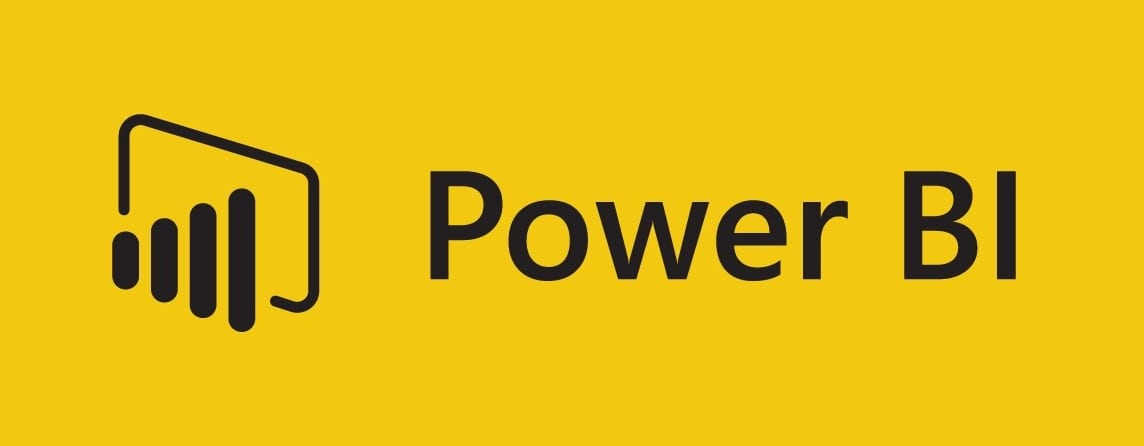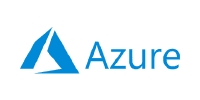The client is a prominent healthcare provider based in the USA. They have difficulty fetching and analyzing data, leading to challenges in their service provision, patient care, and financial inconsistency. The data remains intricate to interpret and analyze promptly. Sparity’s solutions of Power BI data analysis for healthcare provider, enhanced insights for informed data-driven decision-making with real-time insights.
Client Healthcare Provider ServicesData analysis and reporting, Power BI Year 2023
Key Challenges
- Client faced difficulties in non-standardized formats and diverse reporting structures causing delays in extracting actionable insights.
- Inability to access a comprehensive patient overview due to disintegrated Electronic Health Records (EHR) across various systems.
- They have inconsistencies in data structures and delays in receiving payer reports impacting financial accuracy.
- Difficulty in fetching real time outpatients data leading to delayed healthcare services.
Technologies


Solution
- Conducted a comprehensive assessment of existing data sources, formats, and structures.
- Created data connectors and ETL processes to handle non-standardized formats.
- Implemented automated data cleaning algorithms to address inconsistencies.
- Developed Power BI data models to integrate patient records, treatment histories, and medical information.
- Established real-time data integration channels between different EHR systems.
- Built a streamlined data pipeline using Power BI for automated extraction and processing of payer reports.
- Implemented a real-time monitoring system in Power BI for outpatient data for immediate insights into outpatient service utilization.
- Implemented role-based access control features in Power BI to ensure secure data access and compliance.
- Deployed to the product environment after the rigorous testing.
Benefits
- Enhanced comprehensive insights and analysis enables patient care coordination and service provision.
- Improved more informed data driven decision-making time by 80% for improved patient outcomes.
- Reliable and standardized payer data ensured accurate financial analysis.
- Mitigated data privacy risks by ensuring that sensitive healthcare information is accessed only by authorized personnel, meeting regulatory requirements.




